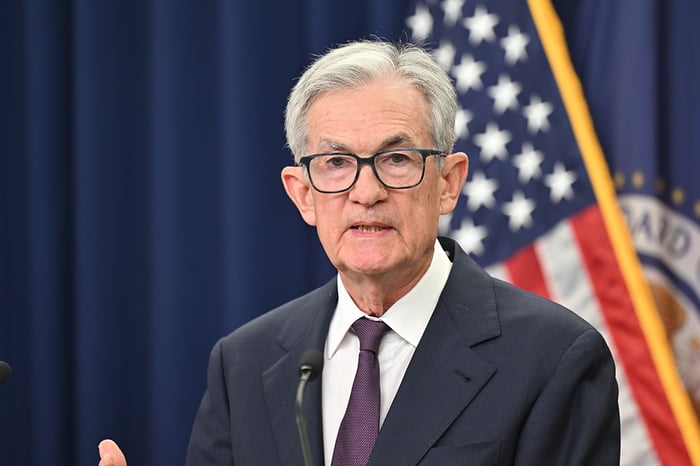Corporate Bond Market Booms After Fed Rate Cut in September
September was a banner month for US investment-grade bond issuance as companies rushed to borrow in a market benefiting from falling interest rates and tight risk premiums.
PitchBook tallied $56.4 billion in new bonds through the first week of September, with the month’s total swelling to over $172 billion. The surge followed the Federal Reserve’s rate cut of 25 basis points at its Sept. 16-17 meeting. Lower borrowing costs make it cheaper for companies to fund acquisitions or shore up corporate coffers. On Sept. 18 alone, at least nine corporate issuers raised nearly $15 billion in bonds.
“That was a busy day,” says Nick Elfner, co-head of research at Boston-based fixed income manager Breckinridge Capital Advisors. The investment-grade bond market has repeatedly demonstrated its ability to meet corporate funding needs, he adds, particularly when conditions are relatively stable and investor demand runs strong.
Take AT&T, for example. The telecom launched a four-part note-offering totaling $5 billion, with proceeds earmarked for general corporate purposes including refinancing maturing debt and funding pending acquisitions. BNP Paribas, Bank of America, Citigroup, JPMorgan, and Mizuho served as arrangers.
The same week, another group of global banks including Deutsche Bank, Goldman Sachs, and HSBC led an $18 billion bond deal for Oracle Corp.
The flurry of deals marks a shift from the previously cautious landscape, where uncertainty around interest rates, inflation, and President Donald Trump’s intermittent tariff announcements had restrained bond issuance and widened credit spreads.
Yet, US issuers are not the only ones capitalizing on cheaper debt. Reuters pulled data from LSEG to show that issuance of “Maple bonds” by foreign borrowers reached $16.32 billion as of Sept. 25, surpassing last year’s $16.28 billion and outpacing all of 2024, which totaled $13 billion. More aggressive Bank of Canada policy, along with low yields and tight risk premiums in both the US and Canada, is creating a favorable environment for companies to invest and expand while investors remain eager to provide capital.
“We think strong corporate bond issuance can continue,” Elfner says. Lower borrowing costs will also allow for corporates to refinance debt and, perhaps, undertake projects that may have been mothballed due to higher financing costs.



